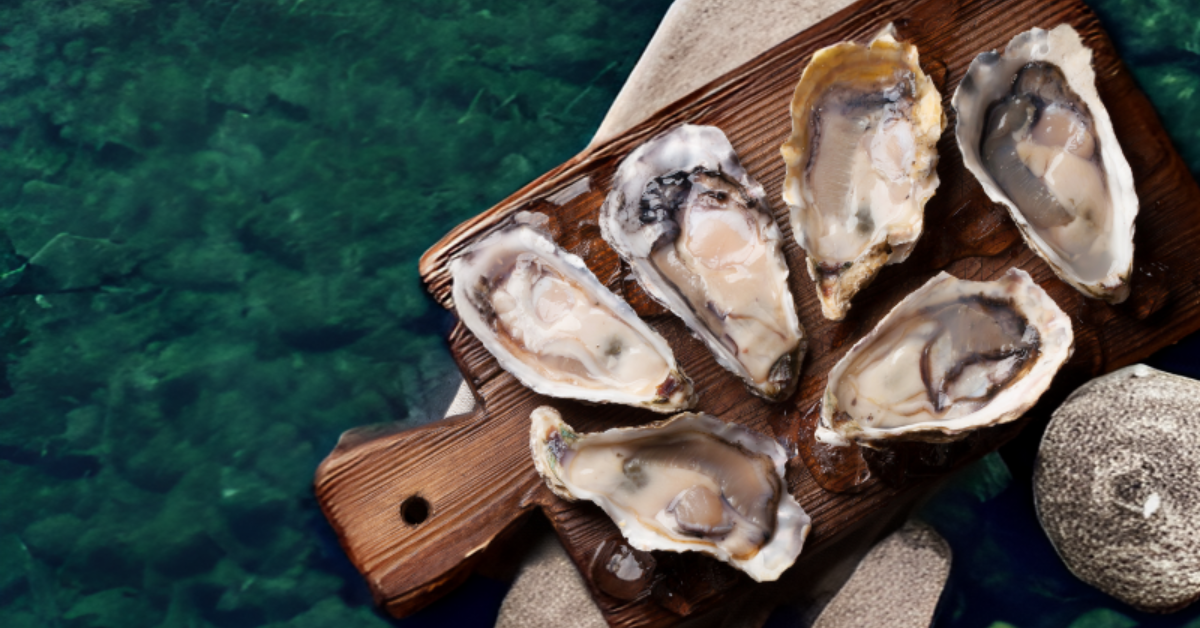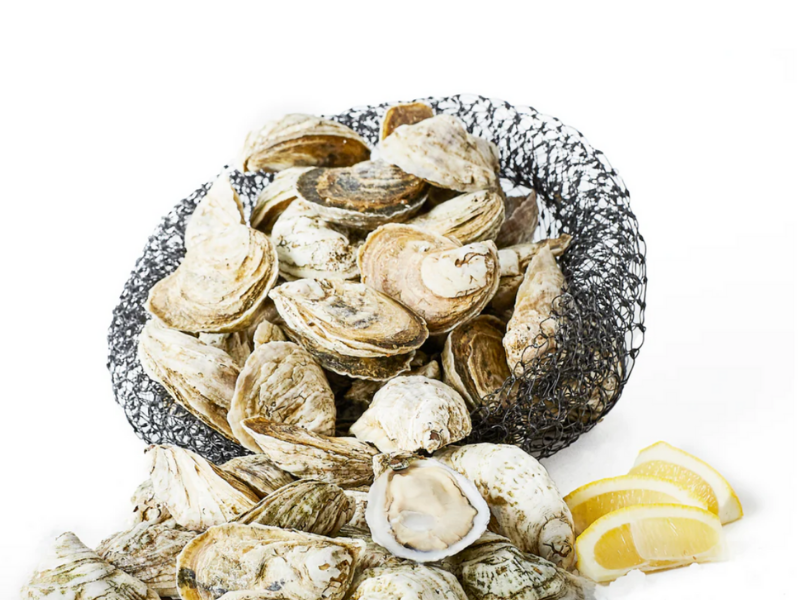
Oysters are a fascinating delicacy with flavors evolving throughout the year.
In this article, we'll explore their seasonal sensations and highlight the Rappahannock River's unique habitat.
We'll also unveil how oyster tastes change seasonally and share wine-pairing secrets that can make any event extra savory.
Read on to discover how oysters are a year-round treat with deep, savory flavors.
What Influences the Flavor of an Oyster?
The flavor of an oyster is truly something special and comes from a mix of different factors. It matters what type of oyster it is, where it came from—whether it was farmed or caught in the wild—and how people took care of it once it was harvested. But what really makes an oyster’s taste unique is something called merroir. It’s like terroir in wine, and it means all the special things about the water where the oyster lived, like how salty it was, what kind of algae was there, and what minerals were present. All these things come together to give each oyster a one-of-a-kind flavor that tells the story of where it came from.
The Role of Merroir in Oyster Flavor
Merroir is essentially the marine version of terroir - the French term used to describe how the land imparts unique qualities to wine grapes. For oysters, it refers to how their environment - temperature, salinity, nutrients - affects growth and taste. Like grapes in certain soils, oysters from different coastal waters develop nuanced, merroir-driven flavors.
Understanding Oyster Seasons
Oysters are often consumed raw, so their flavor profile changes in tune with their reproductive cycle. Oysters are most palatable during months without R - May to August - when they are not spawning. However, oysters can still be delicious year-round when harvested from excellent merroir.
The Rappahannock River: A Unique Oyster Habitat

The Rappahannock River in Virginia provides prime merroir for oysters. Its mix of freshwater and saltwater from the Chesapeake Bay creates ideal conditions. Rappahannock oysters tend to be less briny than oysters from other regions. Their more subtle, buttery taste profiles make them excellent for showcasing merroir nuances.
How Oyster Flavor Changes Throughout the Year
Spring and Summer Oyster Flavors
In the spring and summer months, oysters take on a fresh, mild taste. Warmer waters cause phytoplankton blooms, providing abundant food. This leads to faster growth and a more watery texture. Spawning also occurs, though oysters remain safe to eat. Those from excellent merroir like the Rappahannock River stay delicious - their subtle brininess pairs well with crisp whites or light mignonette.
Fall and Winter Oyster Flavors
As temperatures cool in fall and winter, oysters transition to a richer, more nutty flavor. Colder waters turn their glycogen into natural sugars, resulting in a smooth, creamy taste and firmer texture. The merroir influence is more noticeable, with Rappahannock oysters taking on hints of lettuce and cucumber with a well-rounded finish. Their full-bodied profile stands up to heartier wines and stouts. While safe year-round, many find fall and winter oysters to be the most decadent.
Pairing Wines with Seasonal Oysters
Oysters pair well with many wines. For spring/summer brine, try crisp Sauvignon Blanc, Albariño, or Vinho Verde. For richer fall/winter oysters, medium-bodied Chardonnay, Chenin Blanc, or Beaujolais work nicely. When unsure, keep it simple with Champagne. The acidity cuts through oyster richness while the bubbles dance on your palate.
White Stone Oysters: A Year-Round Seafood Delivery Solution

At White Stone Oysters, we harvest Rappahannock oysters daily for year-round seasonal merroir flavors. We ship live oysters overnight nationwide, arriving shuck-ready. For convenience, we also offer pre-shucked and jarred oysters. Our direct delivery makes buying top seasonal oysters easy, whether planning a roast or stocking the home bar.
Browse our online shop to discover the seasonal merroir flavors of Rappahannock oysters. Try them raw, roasted, or incorporated into your favorite recipes. From our farm to your table, we handle each oyster with care to preserve freshness and delicate flavors.
Seasonal Oyster FAQs
Are oysters safe to eat year-round?
Absolutely! While oysters spawn during months without R's, they remain completely safe to eat year-round. Spawning simply means the oysters are releasing eggs and sperm, which can result in a more watery texture. However, oysters harvested from excellent merroir like the Rappahannock River still deliver delightful flavors all year. The key is working with reputable growers who refrigerate oysters after harvest. This prevents bacteria growth and preserves freshness. Here at White Stone Oyster Company, we chill oysters immediately and ship them overnight so they arrive in peak condition.
How do I store and prepare raw oysters?
Store raw oysters flat on ice, covered, for 3-5 days max. Before eating, ensure shells are tightly closed or close after tapping - discard cracked ones. Shuck just before serving using gloves and an oyster knife - slice the muscle and detach the top shell. Serve raw on crushed ice with lemon, cocktail sauce, or mignonette. For cooking, try grilling, frying, or adding to stews.
What are the benefits of eating oysters?
Oysters pack a nutritious punch, loaded with zinc, iron, vitamin B12, copper, and selenium. These shellfish are low in calories but high in protein, making them a healthy diet addition. Rare antioxidants, immune-boosting compounds, and rumored aphrodisiac properties add to the intrigue. But beyond nutrition, freshly shucked oysters satisfy one of life's pure pleasures.
← Older post Newer post →
